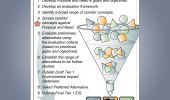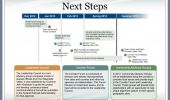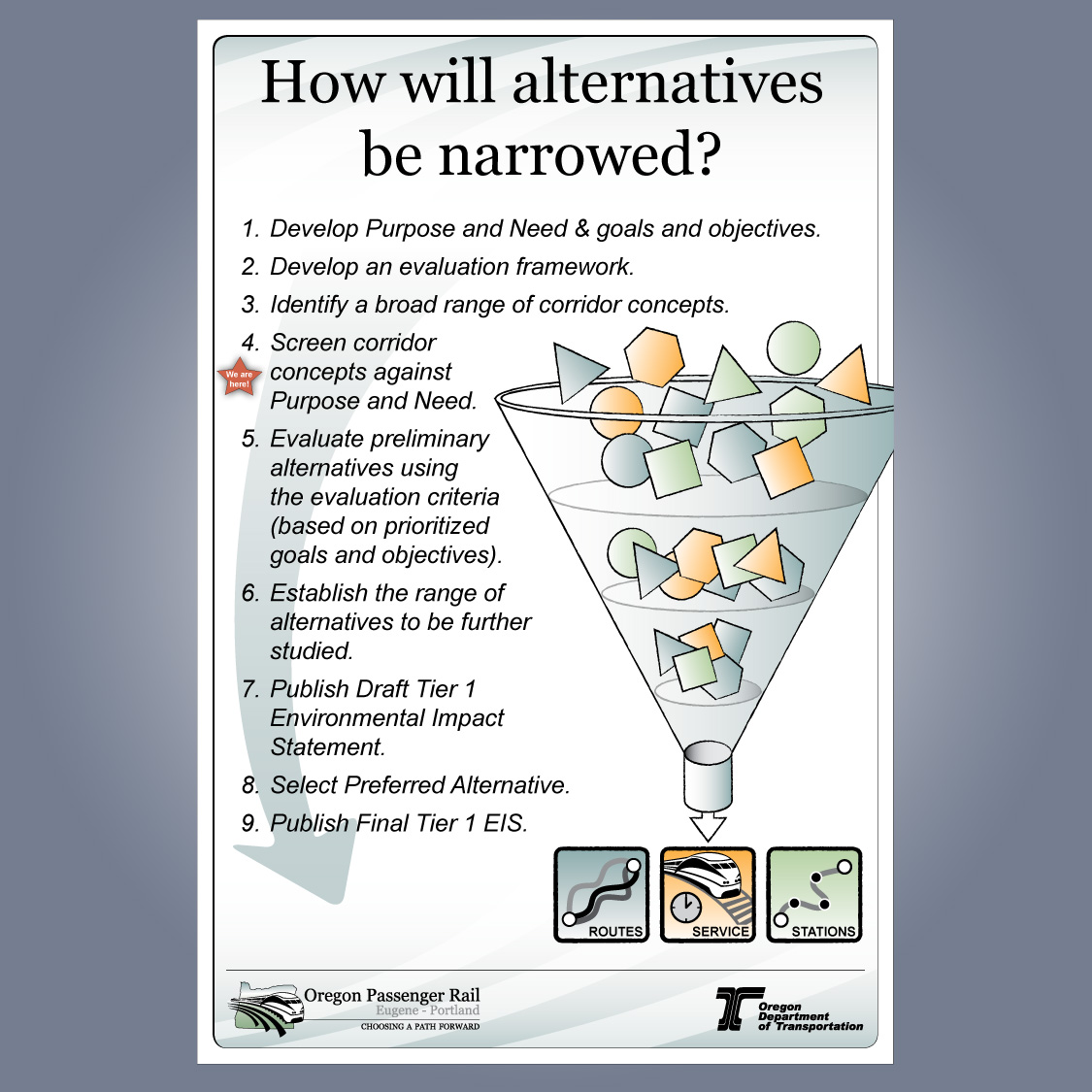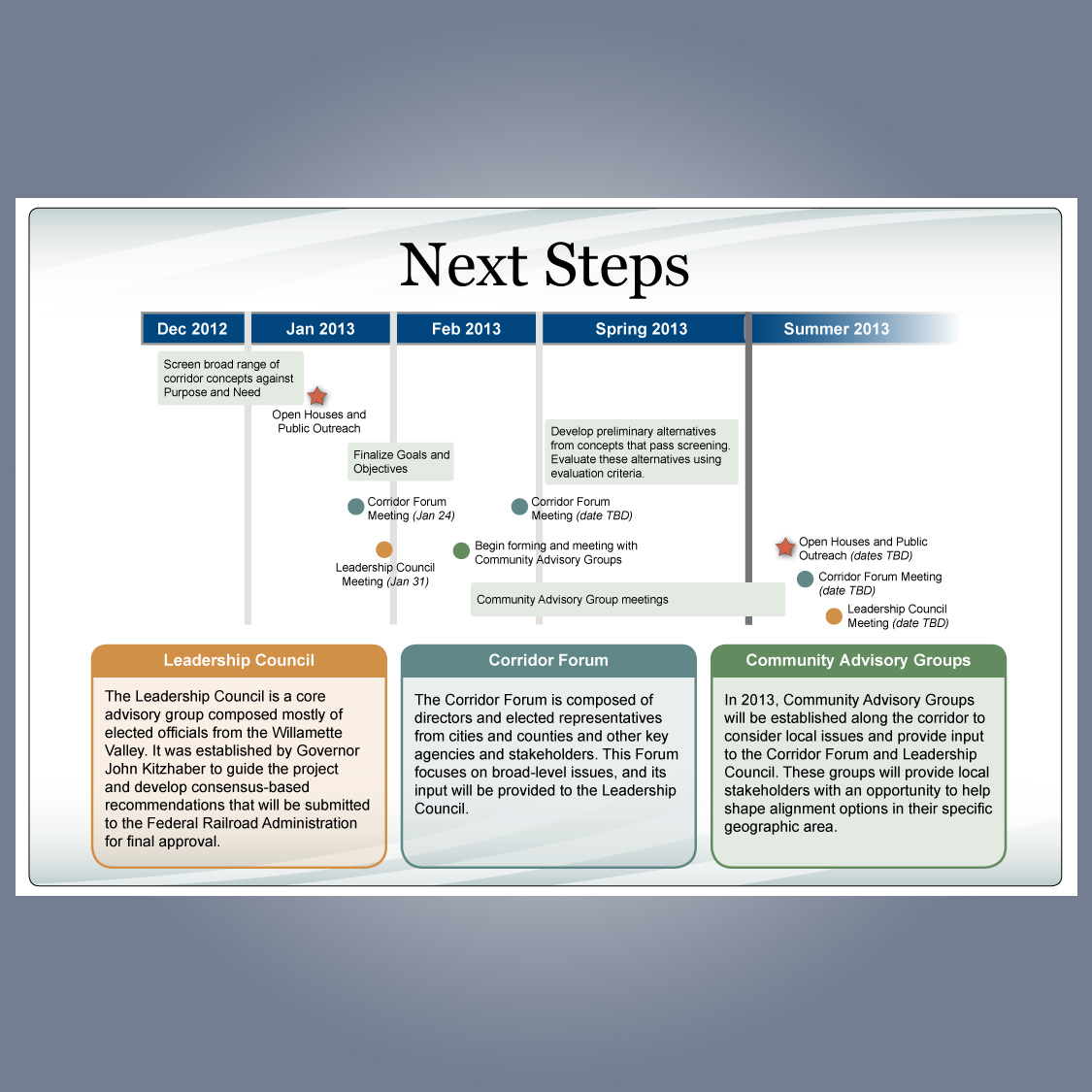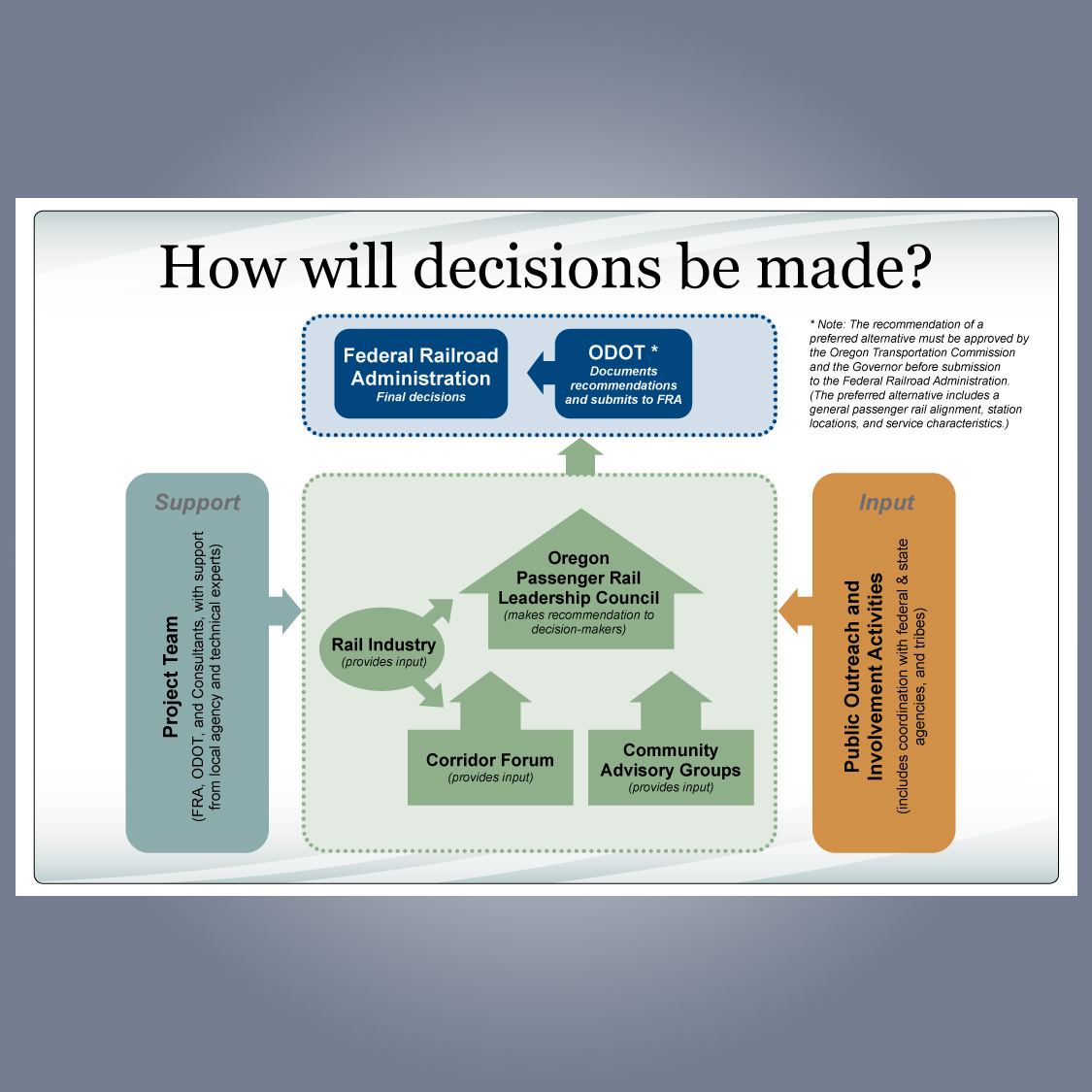This interactive tool includesstations where you can learn more about the project and provide your comments. We invite you to explore these stations and give us your feedback.
Open House Stations
 The project team is conducting a National Environmental Policy Act (NEPA) environmental review process, which will make decisions on:
The project team is conducting a National Environmental Policy Act (NEPA) environmental review process, which will make decisions on:
- How frequent and fast rail service should be.
- What rail route should be used.
- What kinds of technology should be used.
- Where stations should be located.
- Whether it should be different than what exisits today.
In the fall of 2012, the project team asked the public to provide input on what they think is important in moving forward with this study. The public provided various ideas for rail route alternatives, and gave feedback on what values the project should promote. This online open house will present the potential rail route options that were suggested, as well as the goals and objectives developed in response to public comment.
Project Context
Project Purpose
The purpose of the Oregon Passenger Rail Project is to improve the frequency, convenience, speed and reliability of passenger rail service along the Oregon segment of the federally-designated Pacific Northwest Rail Corridor (PNWRC) in a manner that will:
- Provide riders with an efficient, safe, equitable and affordable alternative to highway, bus, and air travel;
- Be a cost-effective investment;
- Protect freight-rail carrying capability;
- Support the ongoing implementation of regional high speed intercity passenger rail in the PNWRC between the Eugene-Springfield metropolitan area and Vancouver, British Columbia;
- Be compatible with the Washington State portion of the PNWRC;
- Promote economic development;
- Avoid or minimize community and environmental impacts; and
- Integrate with existing and planned multi-modal transportation networks.
Project Need
Multiple transportation, land use, socioeconomic, and environmental considerations drive the need for this project, including:
- Increasing intercity and regional travel demands;
- Limited rail system capacity and competing service needs
- Declining state and local roadway funding;
- Increased economic vitality of the corridor;
- Protect freight-rail carrying capability;
- Promoting transportation system safety and security; and,
- Changing transportation demand resulting from demographic changes.
This page describes the process for evaluating the broad range of corridor concept ideas. On the next pages, you can see the corridor concepts and preliminary screening results, and make comments on the interactive map.
How are corridor concepts evaluated?
The corridor concepts will be evaluated through a two-part process:
- Step 1: Screening - The corridor concepts have been screened against the Purpose and Need. Once the preliminary screening is final, concepts that don't "pass" will not be considered for further evaluation.
- Step 2: Evaluation - The concepts that pass the first screening will be developed into a set of preliminary alternatives. These will be evaluated in more detail using specific criteria developed based on the project goals and objectives.
Screening Questions
The project team screened the corridor concepts using the following questions. These questions are based on the project’s Purpose and Need statement.
- Would the concept improve travel time for rail passengers between Eugene-Springfield and Vancouver, WA?
- Would the concept serve the cities with the highest populations within or near the corridor?
- Could the concept provide cost effective intercity passenger rail?
- Could the concept preserve or expand freight capacity?
- Would the concept support service consistent with the Pacific Northwest Rail Corridor’s regional high speed rail designation?
- Would the concept be compatible with the Washington State and British Columbia portion of the Pacific Northwest Rail Corridor?
- Could the concept enhance the potential for increased economic development?
- Could the concept be constructed in a manner that would avoid or minimize substantial impacts to the community or the natural environment?
- Would the concept support multimodal connections?
Corridor Concept Maps
(Click to download.)
 Portland Metro Area (pdf, 5.75 mb)
Portland Metro Area (pdf, 5.75 mb)
Corridor Concept Descriptions
Four main corridors have been identified between Eugene-Springfield and Portland-Vancouver.
Blue
The blue corridor generally follows the existing Amtrak Cascades route, potentially within or near the Union Pacific rail line between Eugene-Springfield, Junction City, Albany, Salem, Keizer, Woodburn, Oregon City, Milwaukie, and Portland. It crosses the Willamette River in Portland near Union Station before continuing northward either on or near existing BNSF tracks to Vancouver, WA.
Red
The red corridor runs along Interstate 5, either within or near the current highway footprint. It follows the highway between Eugene-Springfield, Albany, Salem, Keizer, and Wilsonville. The red corridor would be all new track devoted to intercity passenger rail service.
- There is one option between Eugene and Harrisburg to use an abandoned railroad and then connect with the red corridor or blue corridor south of Halsey.
- South of Salem, the red corridor would require a tunnel to get through the hilly topography.
- Near Interstate 205, the red corridor concept would separate from I-5 and continue north through a new tunnel on the west side of the Willamette River.
- North of downtown Portland, the red corridor could continue on its own corridor, or connect with the blue corridor.
Purple
The purple corridor generally follows the existing Oregon Electric rail line, with several options.
- It travels westward through Eugene before turning north near the Eugene Airport, and then travels through Junction City and Harrisburg before connecting with the blue corridor in Albany.
- North of Albany, the purple corridor continues through a wildlife preserve.
- South of Salem, the corridor follows the existing Oregon Electric tracks or a new connection via a tunnel.
- North of Woodburn, the purple corridor could (1) travel east near Donald to connect to the blue corridor west of Canby, (2) continue on the Oregon Electric line to Tualatin, where it would transition to the Tillamook Branch line through Lake Oswego and connect to the blue corridor in Milwaukie, or (3) move to the red line north of Wilsonville to a tunnel on the west side of the Willamette River.
Yellow
The yellow corridor concept starts in the Eugene-Springfield area, and continues west of the purple corridor to travel through Monroe and Corvallis, and then either travels east to connect with the purple or blue line in Albany, or continues northward through Independence, McMinnville and Newberg, to connect to the purple line at Tualatin.
Partial Corridor Concepts
Some shorter corridor concepts are being considered that could serve communities between Eugene-Springfield and Portland-Vancouver, but would need to connect to one of the corridors described above.
Pink - The pink corridor travels west from Eugene to Veneta and then north to connect to the green line, southwest of Junction City.
Brown - The brown corridor begins near Wilsonville, but hugs the I-205 corridor, traveling inside or adjacent to the highway footprint before turning west near the Portland International Airport to tie into the blue corridor in North Portland.
Tan - The tan corridor is a short connection between the purple and red corridor north of Millersburg.
About this map:Leave a comment on the map by clicking on “add a map comment.” When you are done, click "place your comment".
Corridor concepts are represented on the map in different line colors. Click on the lines to read descriptions of the concepts. Concepts that have not initially passed the screening are shown with red "x" marks.
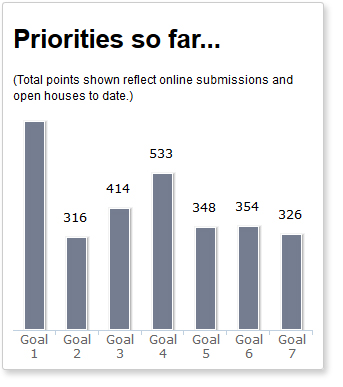 What we heard from you
What we heard from you
In the fall of 2012, we asked the public to weigh in on what values are most important for passenger rail in Oregon. These comments helped shape the draft goals and objectives. The main themes we heard were:
- Convenience, reliability and frequency are most important. Connectivity with local transit systems and local destinations is important.
- Passenger rail service should be competitive with automobile in terms of travel time. The passenger train schedule should allow for one-day round trips going north and south between Portland and Eugene.
- The project should be sensitive to community impacts.
- The project should be cost-effective, and improvements should be made soon.
Draft Goals and Objectives
Goal 1: Improve passenger rail mobility and accessibility in the Willamette Valley.
Objectives:
1A - Provide a viable alternative to auto, air, and bus travel between Eugene, OR and Vancouver, WA.
1B - Provide reliable and frequent passenger rail service.
1C - Support multimodal integration at each passenger rail station.
1D - Allow for future passenger rail improvements, including higher speeds.
Goal 2: Protect freight-rail capacity and investments in the corridor, and maintain safety.
Objectives:
2A - Does not increase conflicts between heavy rail and automobiles.
2B - Protect freight-rail carrying capability.
Goal 3: Plan, design, and build a cost-effective project.
Objectives:
3A - Develop a strategy that can be reasonably funded and leveraged with range of investment tools for construction and operation.
3B - Serve the maximum number of people with every dollar invested.
Goal 4: Provide an affordable and equitable travel alternative.
Objectives:
4A - Provide a viable and affordable alternative for travelers.
4B - Provide equitable investments and service, with consideration to race/ethnicity and income.
Goal 5: Be compatible with passenger rail investments planned in Washington State.
Objectives:
5A - Provide passenger rail service to meet the existing and future passenger rail demand for an interconnected system in the Pacific Northwest High Speed Rail corridor.
Goal 6: Promote community health and quality of life for communities along the corridor.
Objectives:
6A - Benefit communities within the corridor.
6B - Minimize impacts to communities along the corridor.
Goal 7: Protect and preserve the existing natural and built environment.
Objectives:
7A - Support Oregon’s commitment to the preservation of resource lands and local land use and transportation planning.
7B - Reduce greenhouse gas emissions in support of national and state policies to slow climate change.
7C - Minimize impacts to the natural environment and cultural resources.
Use the sliders to assign points to each goal.
| Goal 1: Improve passenger rail mobility and accessibility in the Willamette Valley. | 0 |
| Goal 2: Protect freight-rail capacity and investments in the corridor, and maintain safety. | 0 |
| Goal 3: Plan, design, and build a cost-effective project. | 0 |
| Goal 4: Provide an affordable and equitable travel alternative. | 0 |
| Goal 5: Be compatible with passenger rail investments planned in Washington State. | 0 |
| Goal 6: Promote community health and quality of life for communities along the corridor. | 0 |
| Goal 7: Protect and preserve the existing natural and built environment. | 0 |
Total Spent: 0/10
Decision-Making
The displays show how the route alternatives will be evaluated, and how decisions will be made. The project includes several committees that will play an important part in decision-making, including:
- Leadership Council: The Leadership Council is a core advisory group composed primarily of elected officials from the Willamette Valley. The Leadership Council was established by Governor John Kitzhaber, M.D. to guide the Oregon Passenger Rail study and develop consensus-based recommendations that will be submitted to the Federal Railroad Administration for final approval.
- Corridor Forum: The Corridor Forum is composed of directors and elected representatives from cities and counties and other key agencies and stakeholders. This Forum focuses on broad-level issues, and its input will be provided to the Leadership Council.
- Community Advisory Groups: In 2013, Community Advisory Groups will be established along the corridor to consider local issues and provide input to the Corridor Forum and Leadership Council. These groups will provide local stakeholders with an opportunity to help shape alignment options in their specific geographic area.
Thank you for your participation!
You can continue to stay involved in this project by subscribing to our mailing list.


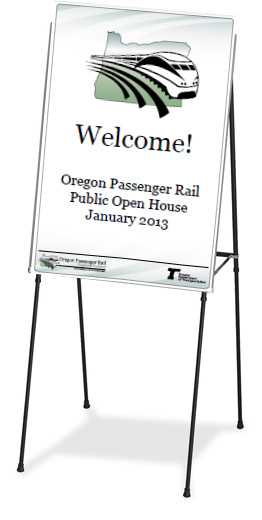
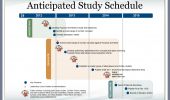

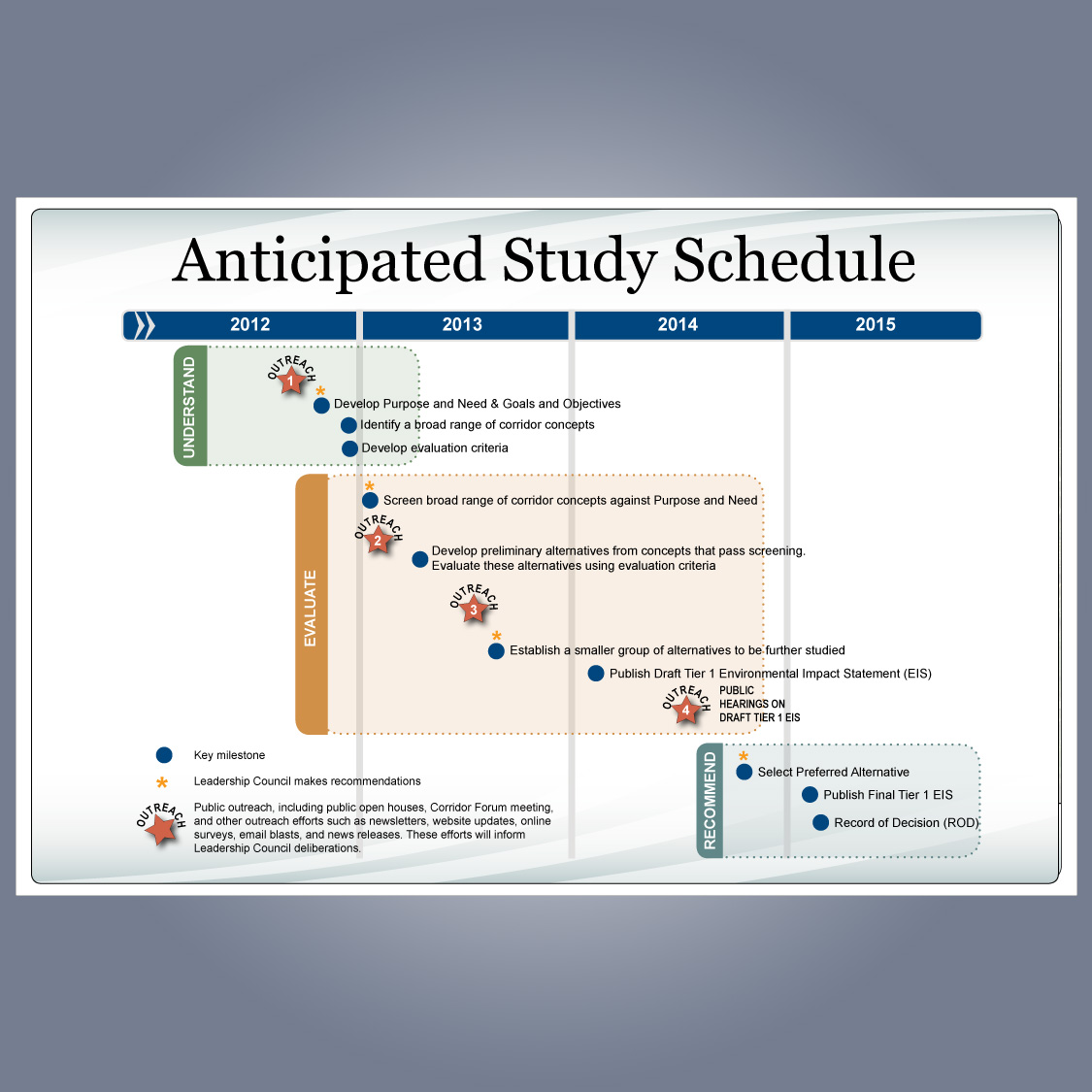
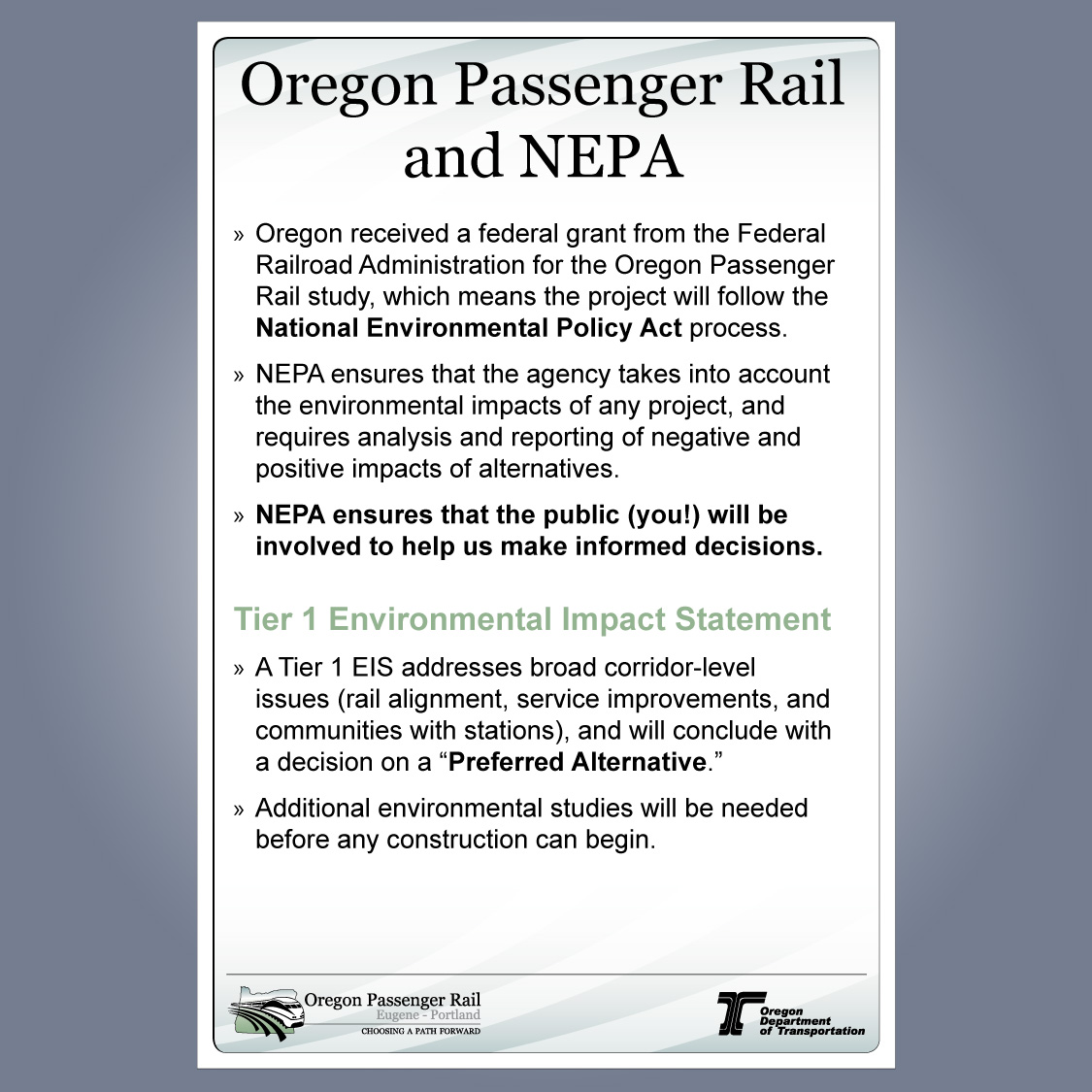

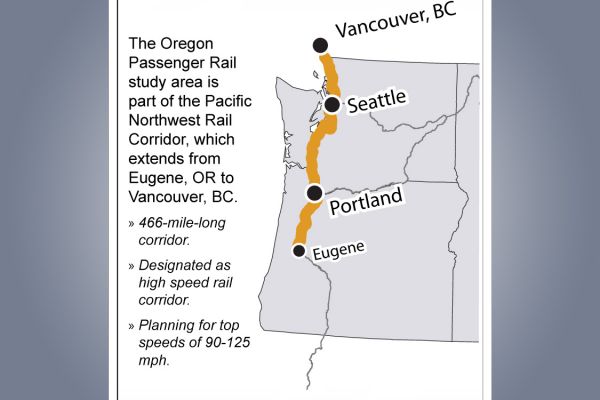


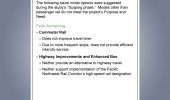
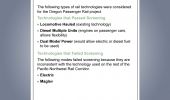
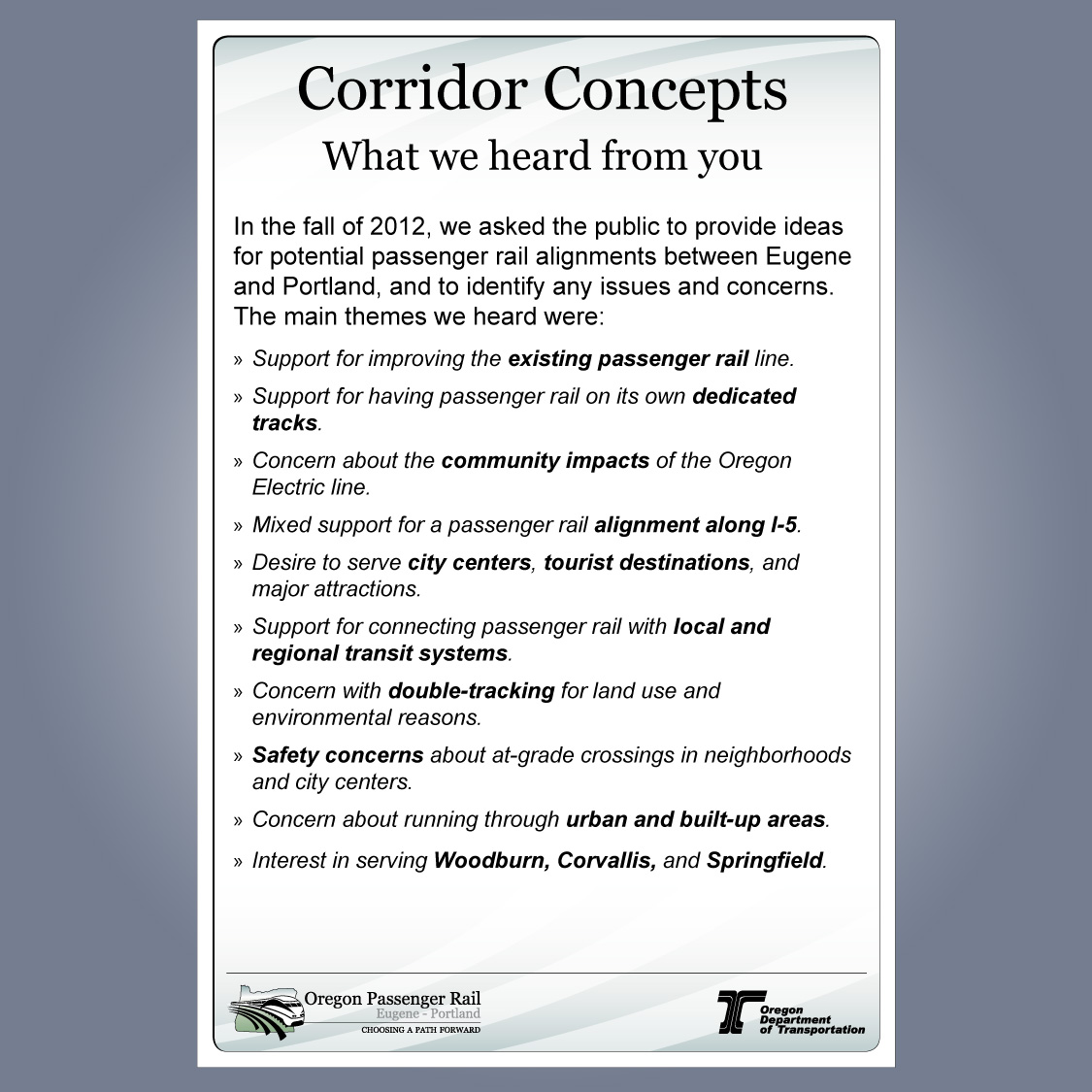

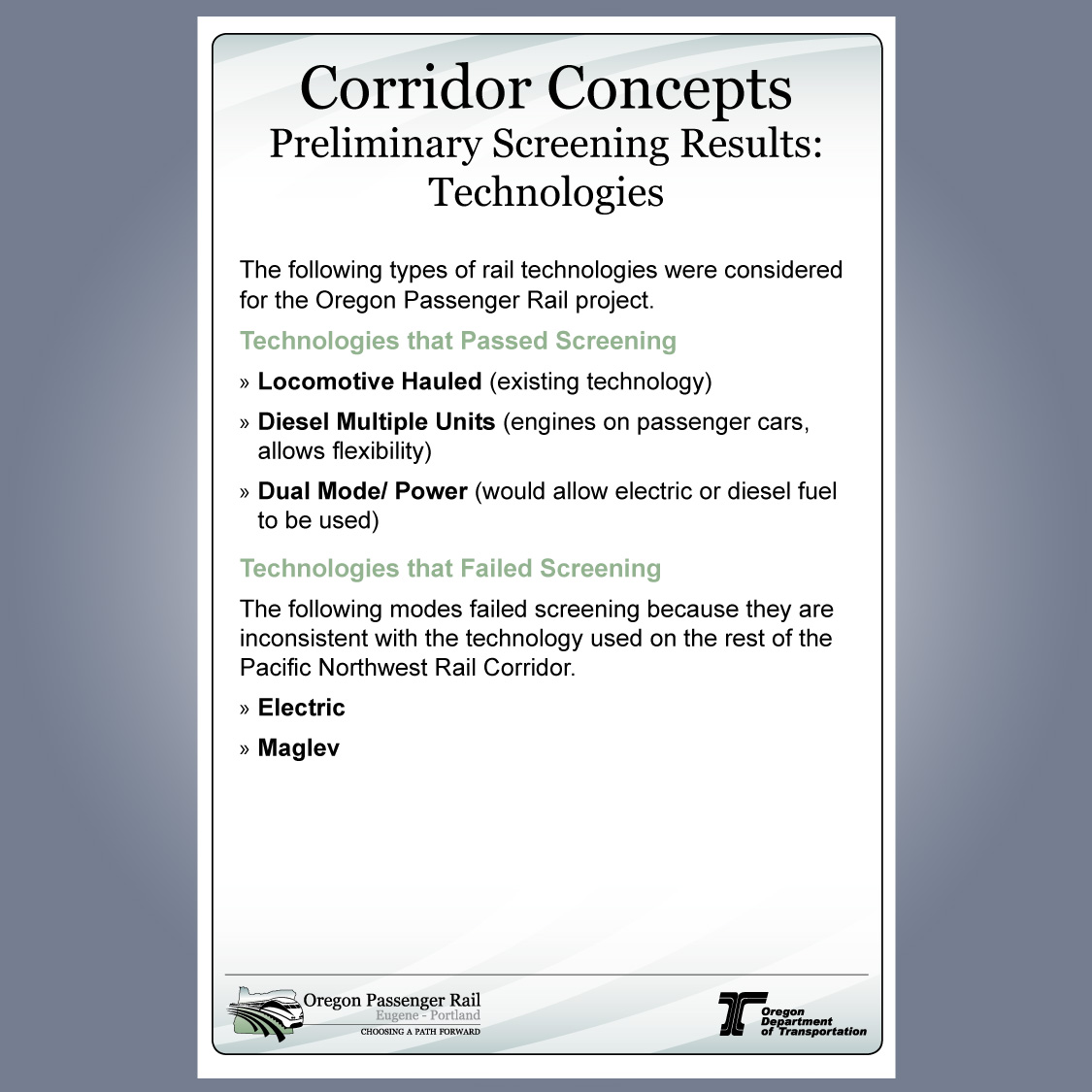
 All Segments (pdf, 5.13 mb)
All Segments (pdf, 5.13 mb) Salem Keizer Area (pdf, 5.22 mb)
Salem Keizer Area (pdf, 5.22 mb) Eugene-Springfield Area (pdf, 4.87 mb)
Eugene-Springfield Area (pdf, 4.87 mb)